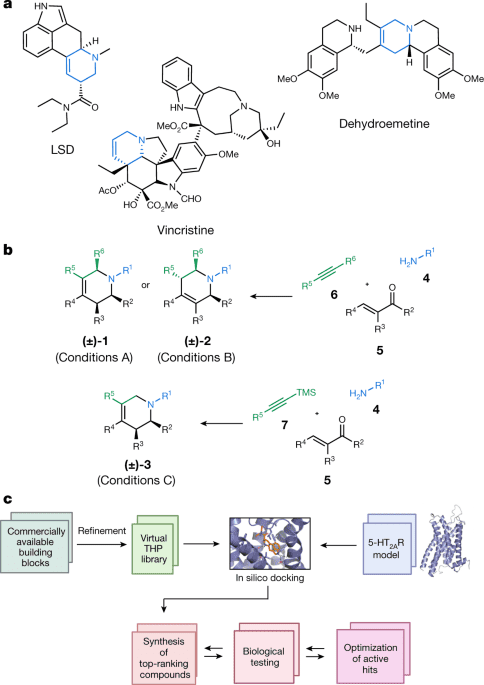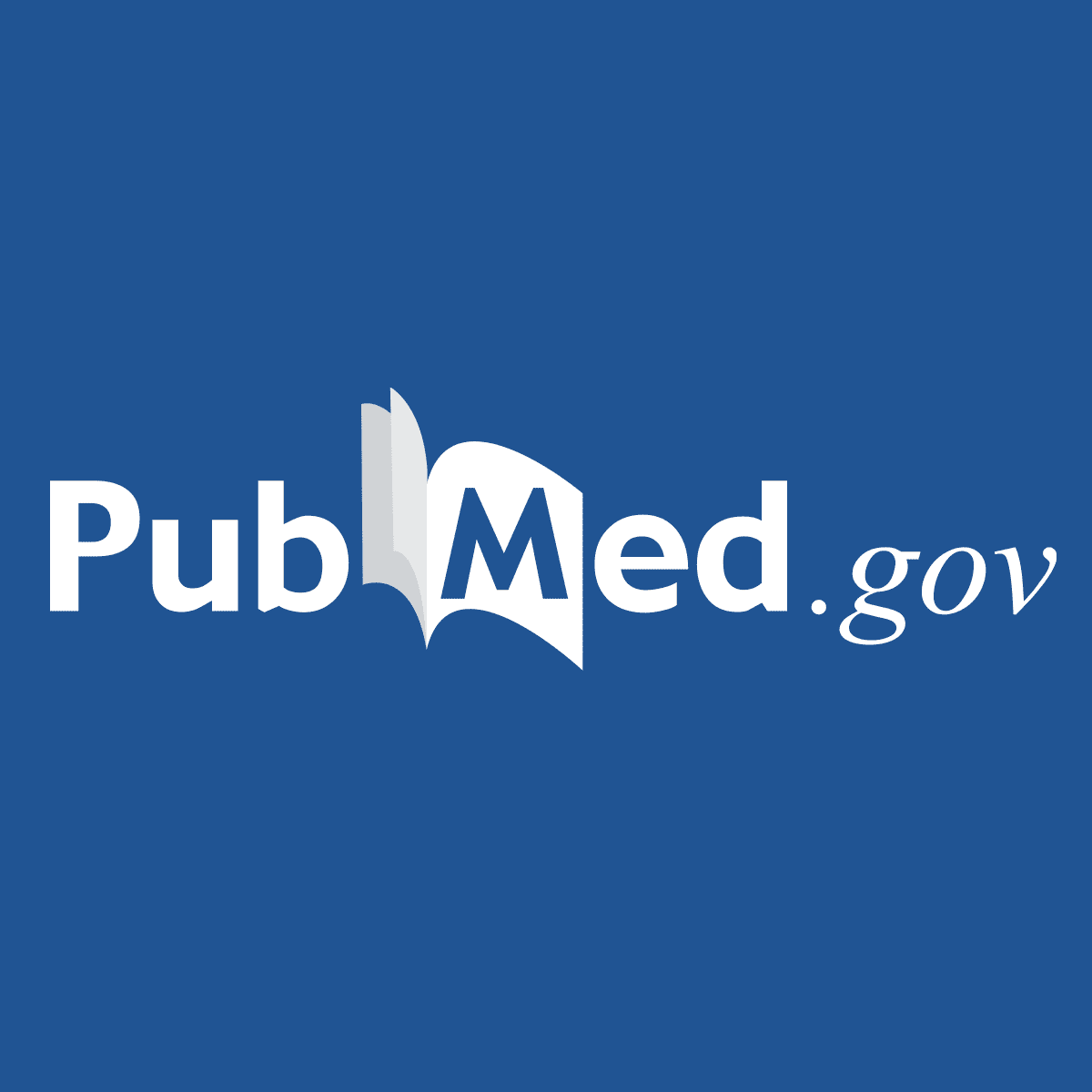Mauritio
Member
- Joined
- Feb 26, 2018
- Messages
- 5,669
This is study underlines what peat has stated before ,namely that the hallucinations of psychedelics are mediated through serotonin.
To be precise it's the 5-HT2a receptor that does that.
And the intensity of the experience actually correlated with 5ht2a receptor occupancy.
"We report for the first time that intake of psilocybin leads to significant 5-HT2AR occupancy in the human brain, and that both psilocin plasma levels and 5-HT2AR occupancy are closely associated with subjective intensity ratings, strongly supporting that stimulation of 5-HT2AR is a key determinant for the psychedelic experience."
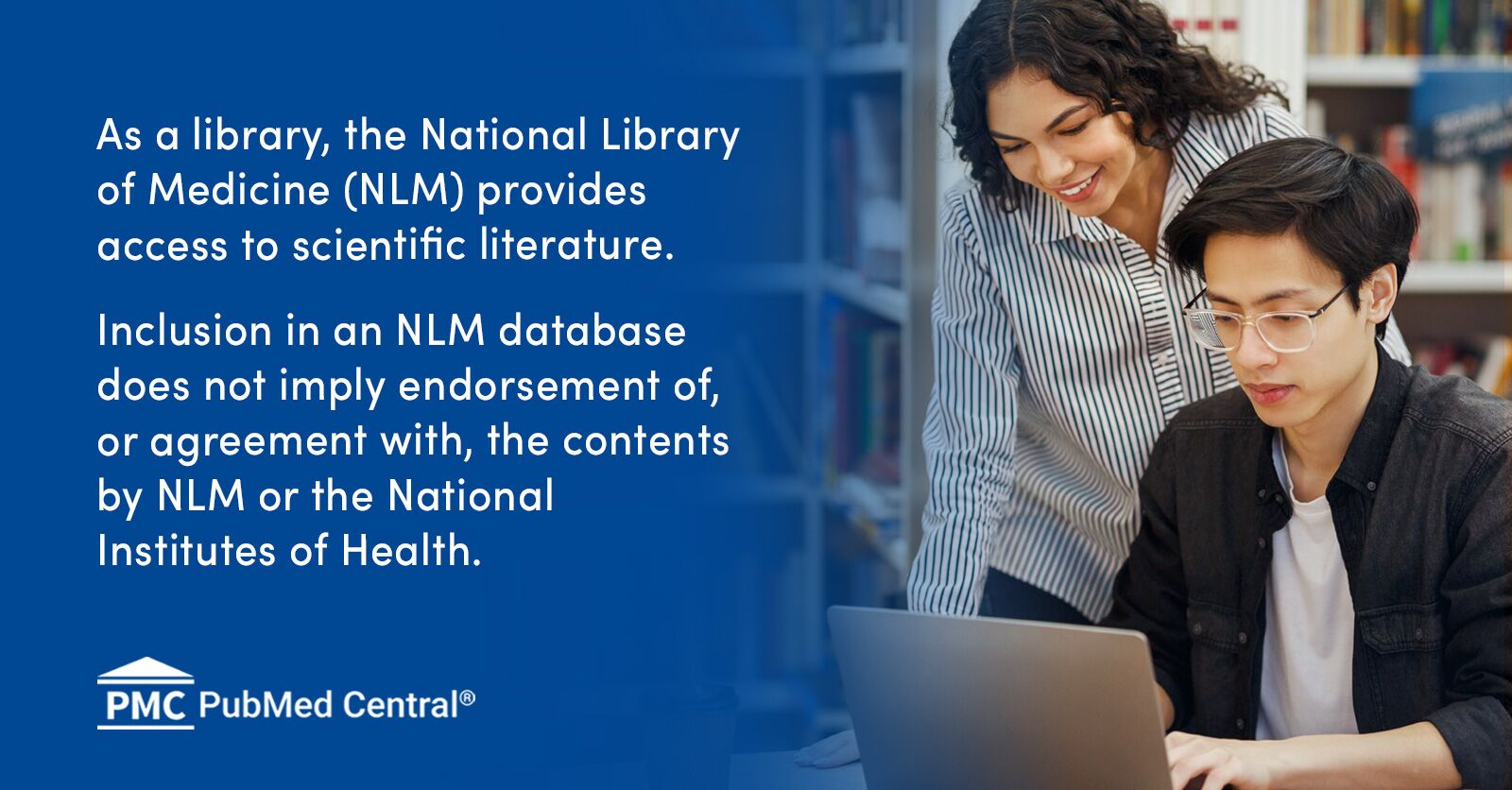
 www.ncbi.nlm.nih.gov
www.ncbi.nlm.nih.gov
Peat has stated before that as soon as theres hallucinations present you start going into serotonergic territory and increased 5ht2a activity. So no hallucinations might mean no or less 5ht2a activation. Which makes microdosing a lot safer for people who have concerns about heart fibrosis.
Many scientists believe that the positive anti depressant and anti-infammatory effects of LSD and psilocybin stem from 5ht2a activation. This is probably also wrong as theres studies showing anti-depressant effects even of a single micro dose (that supposedly activates 5ht2a less)of these chemicals. So there must be another mechanism...
"The main nerves that produce Serotonin are just turned off by LSD and psilocybin , the best known psychedelics. "
- Ray Peat
The study below underlines this as they say theres no existential experience (no trip) necessary. So no trip, less 5ht2a activation ,but still long lasting anti depressant effects from microdosing?
"Our results indicate that classic psychedelics may have therapeutic efficacy that is more persistent than that of ketamine, and also suggest that a subjective existential experience may not be necessary for therapeutic effects."
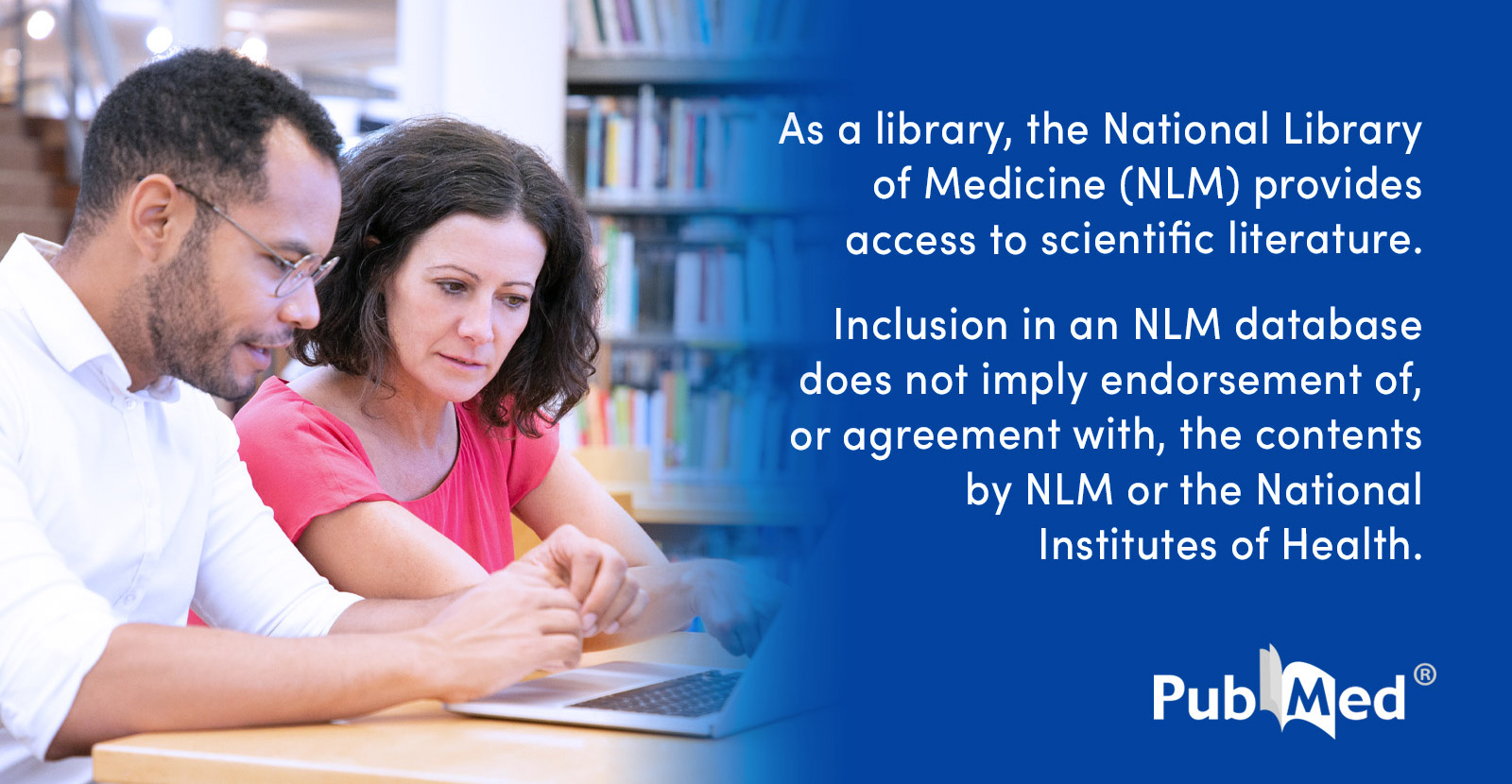
 pubmed.ncbi.nlm.nih.gov
pubmed.ncbi.nlm.nih.gov
This very recent study actually offers another MoA for the long lasting effects of LSD, psilocybin and ketamine : increasing neuroplasticity!
Neuroplasticity - Wikipedia
Neuroplasticity is highest in childhood , so taking psychedelics might make people less rigid and more mentally flexible, just like children.
Very interesting theory. So these drugs might rewire the brain in a positive way through making new connections. That would explain the long duration of effects/ the change in the way of thinking, often reported to last for years.
If they increase neuroplasticity maybe they also increase neurogenesis ...
"Taken together, the evidence suggests a potentially shared mechanism wherein both ketamine and SPs may engender rapid neuroplastic effects in a glutamatergic activity-dependent manner. It is postulated that, though distinct, both ketamine and SPs appear to produce acute alterations in cortical network activity that may initially produce psychoactive effects and later produce milder, sustained changes in network efficiency associated with therapeutic response."
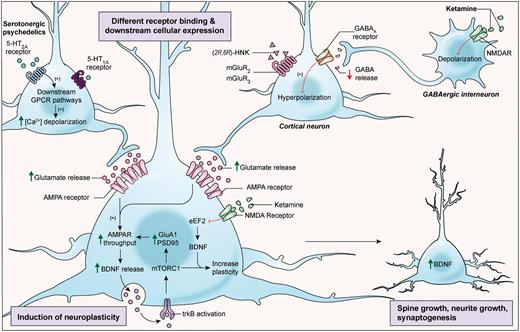
 academic.oup.com
academic.oup.com
To be precise it's the 5-HT2a receptor that does that.
And the intensity of the experience actually correlated with 5ht2a receptor occupancy.
"We report for the first time that intake of psilocybin leads to significant 5-HT2AR occupancy in the human brain, and that both psilocin plasma levels and 5-HT2AR occupancy are closely associated with subjective intensity ratings, strongly supporting that stimulation of 5-HT2AR is a key determinant for the psychedelic experience."

Psychedelic effects of psilocybin correlate with serotonin 2A receptor occupancy and plasma psilocin levels
The main psychedelic component of magic mushrooms is psilocybin, which shows promise as a treatment for depression and other mental disorders. Psychedelic effects are believed to emerge through stimulation of serotonin 2A receptors (5-HT2ARs) by psilocybin’s ...
Peat has stated before that as soon as theres hallucinations present you start going into serotonergic territory and increased 5ht2a activity. So no hallucinations might mean no or less 5ht2a activation. Which makes microdosing a lot safer for people who have concerns about heart fibrosis.
Many scientists believe that the positive anti depressant and anti-infammatory effects of LSD and psilocybin stem from 5ht2a activation. This is probably also wrong as theres studies showing anti-depressant effects even of a single micro dose (that supposedly activates 5ht2a less)of these chemicals. So there must be another mechanism...
"The main nerves that produce Serotonin are just turned off by LSD and psilocybin , the best known psychedelics. "
- Ray Peat
The study below underlines this as they say theres no existential experience (no trip) necessary. So no trip, less 5ht2a activation ,but still long lasting anti depressant effects from microdosing?
"Our results indicate that classic psychedelics may have therapeutic efficacy that is more persistent than that of ketamine, and also suggest that a subjective existential experience may not be necessary for therapeutic effects."

Psychedelics, but Not Ketamine, Produce Persistent Antidepressant-like Effects in a Rodent Experimental System for the Study of Depression - PubMed
Psilocybin shows efficacy to alleviate depression in human clinical trials for six or more months after only one or two treatments. Another hallucinogenic drug, esketamine, has recently been U.S. Food and Drug Administration (FDA)-approved as a rapid-acting antidepressant. The mechanistic basis...
This very recent study actually offers another MoA for the long lasting effects of LSD, psilocybin and ketamine : increasing neuroplasticity!
Neuroplasticity - Wikipedia
Neuroplasticity is highest in childhood , so taking psychedelics might make people less rigid and more mentally flexible, just like children.
Very interesting theory. So these drugs might rewire the brain in a positive way through making new connections. That would explain the long duration of effects/ the change in the way of thinking, often reported to last for years.
If they increase neuroplasticity maybe they also increase neurogenesis ...
"Taken together, the evidence suggests a potentially shared mechanism wherein both ketamine and SPs may engender rapid neuroplastic effects in a glutamatergic activity-dependent manner. It is postulated that, though distinct, both ketamine and SPs appear to produce acute alterations in cortical network activity that may initially produce psychoactive effects and later produce milder, sustained changes in network efficiency associated with therapeutic response."

Ketamine and Serotonergic Psychedelics: Common Mechanisms Underlying the Effects of Rapid-Acting Antidepressants
AbstractBackground. The glutamatergic modulator ketamine has created a blueprint for studying novel pharmaceuticals in the field. Recent studies suggest that “c

